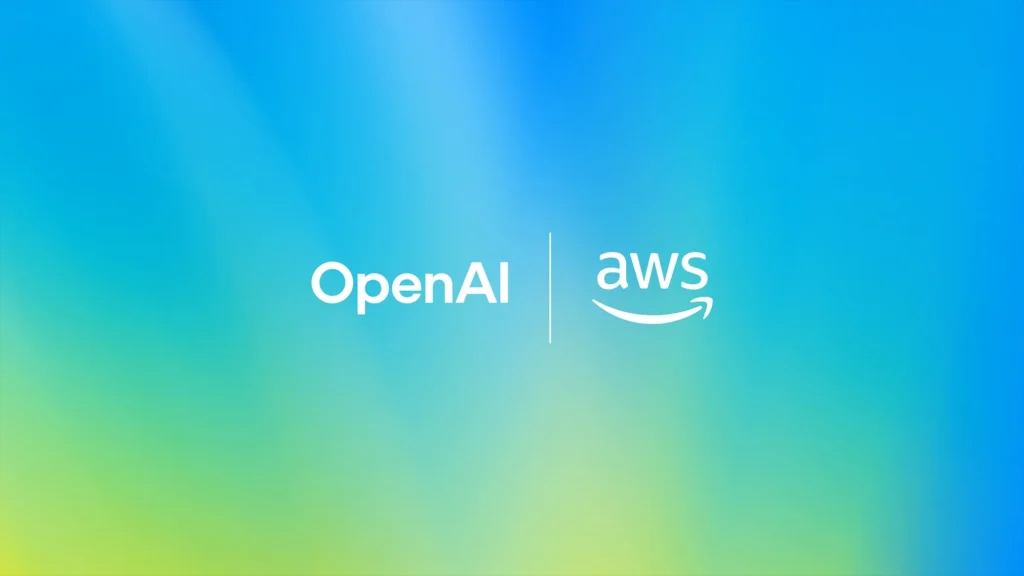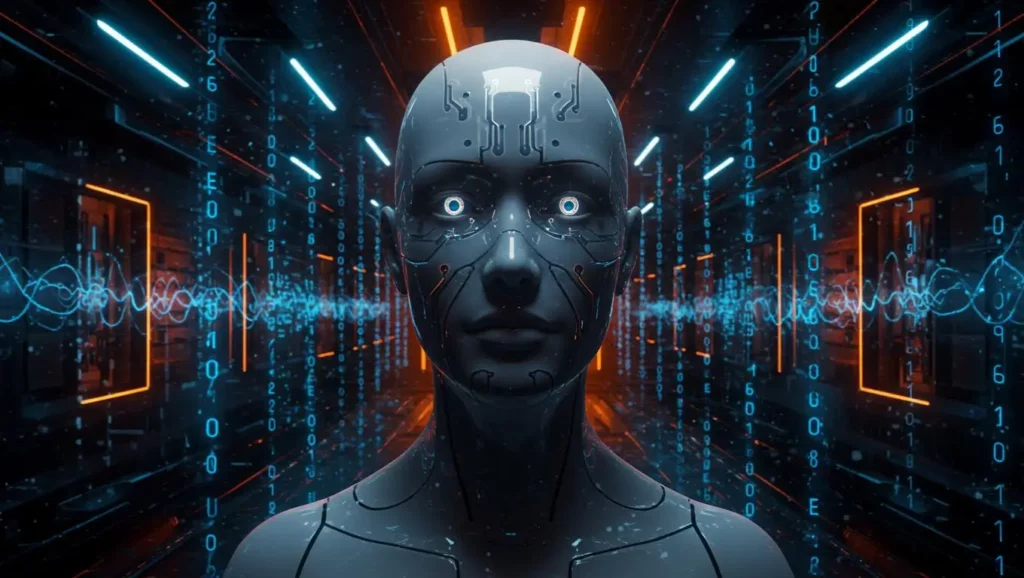OpenAI signs massive $38 billion deal with Amazon Web Services (AWS)
OpenAI has officially announced a colossal strategic agreement with Amazon Web Services (AWS), valued at $38 billion over seven years, granting access to hundreds of thousands of Nvidia GPUs and enhancing its computational capabilities for training future artificial intelligence models.
This deal marks a significant milestone in OpenAI’s expansion strategy, particularly as Microsoft—its historical partner—has recently relaxed its exclusivity as a cloud provider.
A massive partnership with AWS to support the next generation of models
In its announcement, OpenAI stated that the collaboration with AWS is effective immediately. The company will begin using Amazon’s servers right away to train its AI models, aiming for full deployment by the end of 2026, with scalability planned through 2027 and beyond.
The agreement includes access to:
- Hundreds of thousands of Nvidia GPUs,
- Amazon EC2 UltraServers designed for AI workloads, and
- In the long term, tens of millions of CPUs dedicated to large-scale AI agents.
“The partnership with AWS strengthens the vast computing ecosystem that will drive this new era and make advanced AI accessible to all,” stated Sam Altman, CEO of OpenAI.
Matt Garman, CEO of AWS, praised the collaboration: “As OpenAI continues to push the boundaries of what’s possible, AWS’s excellence infrastructure will serve as the backbone of their AI ambitions.”

A strategic diversification for OpenAI following its restructuring
This announcement comes just a week after OpenAI’s restructuring, which freed the company from the obligation to rely exclusively on Microsoft for its computing needs.
The agreement with Amazon allows OpenAI to expand its cloud ecosystem while maintaining substantial commitments to its other partners:
- $250 billion in planned purchases with Microsoft Azure,
- $300 billion in agreements with Oracle,
- And infrastructure partnerships with SoftBank, the UAE, Nvidia, AMD, and Broadcom.
These collaborations aim to create a global network of data centers dedicated to generative artificial intelligence and “agentic” workloads that require massive computational power.
A race for power that raises questions
With these astronomical amounts, some analysts are beginning to discuss an “AI bubble”: investments have surged to hundreds of billions of dollars, while tangible returns remain limited.
Several observers suggest that the investment frenzy surrounding generative models and autonomous agents could be risky, especially if commercial applications take a long time to become widespread.
However, for OpenAI, this expansion is strategic: the company aims to spend over $1 trillion on AI infrastructure over the next decade.

What this means for OpenAI and ChatGPT
Thanks to the deal with AWS, OpenAI will be able to:
- Accelerate the training of its GPT and Sora models,
- Expand the capabilities of ChatGPT, particularly for video, research, and autonomous agents,
- Reduce its dependence on a single cloud provider,
- And ensure the scalability of its future general AI models (AGI).
With this $38 billion partnership, OpenAI secures a significant ally in the global race for AI computing power. Between Microsoft, Oracle, and now Amazon, OpenAI is weaving a massive infrastructure network to support the next generation of artificial intelligence.
This deal not only marks a technological diversification—it also symbolizes the start of a new era of competition among cloud giants over the future of generative AI.




